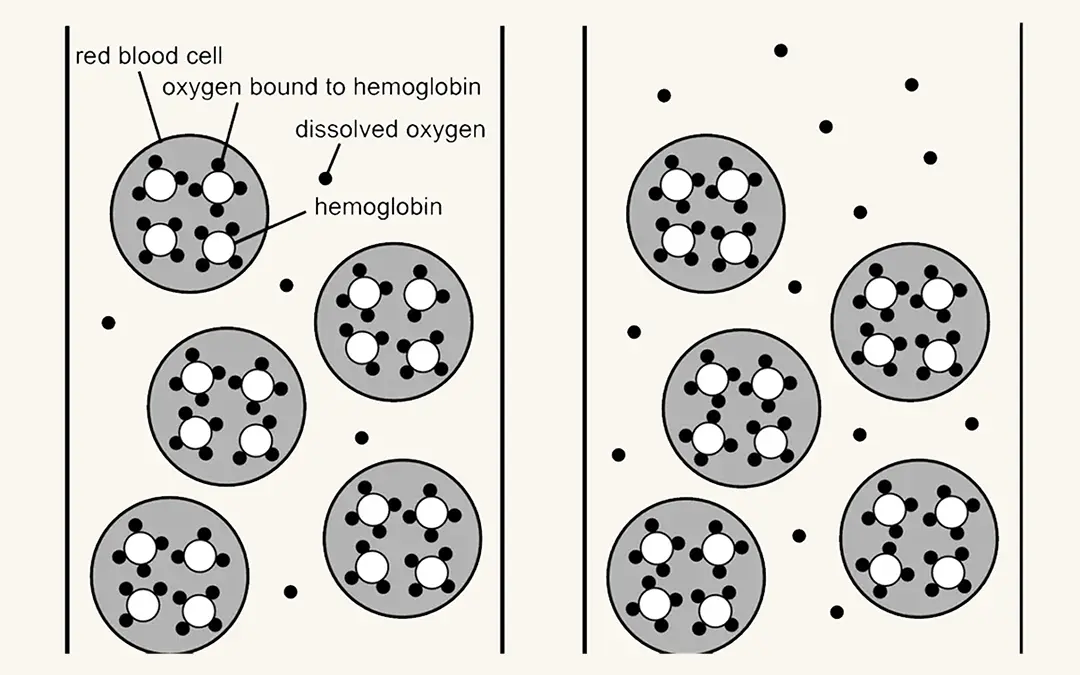Infertility can be a challenging journey for those trying to start a family, involving various treatments and emotional ups and downs. Recently, mild hyperbaric oxygen therapy (HBOT) has gained attention for its potential to improve fertility in both women and men. In this blog post, we’ll delve into the science behind this therapy and a recent study highlighting its promising results.
The Journey to Fertility
Infertility is a complex issue influenced by factors like hormonal imbalances, structural problems, and lifestyle choices. While conventional fertility treatments have made progress, some couples still encounter obstacles on their path to parenthood. This is where mild HBOT comes into play.
Hyperbaric Oxygen Therapy: An Overview
Hyperbaric oxygen therapy, traditionally conducted under high-pressure conditions with 100% oxygen, has long been used for medical purposes. However, this approach can sometimes lead to undesirable side effects like barotrauma (pressure-related injuries) and an overproduction of reactive oxygen species (ROS), which can be harmful.
The Promise of Mild HBOT
Mild hyperbaric oxygen therapy offers a more gentle approach. It involves exposing individuals to elevated atmospheric pressure levels while breathing pure oxygen, without the extreme pressures typically associated with HBOT. This alternative method aims to enhance oxygen supply to cells and tissues, ultimately improving oxidative metabolism.
A Recent Study’s Remarkable Findings
In a groundbreaking study, 37 women grappling with intractable infertility were given new hope through mild HBOT. These women had previously experienced a frustrating journey, with over five embryo transfers yielding a dishearteningly low clinical pregnancy rate of just 4.9%, and no successful births.
Before embarking on further embryo transfers, these women participated in a mild HBOT regimen. The results were nothing short of astonishing. Among the participants, 13 women achieved clinical pregnancies, boasting an impressive rate of 13.8%. Even more heartwarming was the fact that five of these women successfully gave birth after undergoing in vitro fertilization (IVF) treatment. Two women experienced the joys of natural conception and birth.
Promising Implications
The study’s findings open up a world of possibilities for individuals struggling with infertility. Mild hyperbaric oxygen therapy, with its gentler approach, could represent a safer and more effective alternative to traditional high-pressure HBOT. By enhancing oxygen supply to cells and tissues, it has the potential to address some of the underlying issues contributing to infertility.
Conclusion
Infertility can be a challenging road, but mild HBOT is offering newfound hope to couples worldwide. This innovative therapy, with its focus on gentle pressure and increased oxygen supply, has showcased remarkable results in recent studies. While it’s not without its complexities and potential complications, the promise it holds for those eager to start a family is undeniable. As research in this field continues to evolve, mild hyperbaric oxygen therapy may very well play a pivotal role in rewriting the narratives of countless hopeful parents.
Source
Ishihara, A. (2019, May 06). Mild hyperbaric oxygen: mechanisms and effects. The Journal of Physiological Sciences. https://jps.biomedcentral.com/articles/10.1007/s12576-019-00678-5

